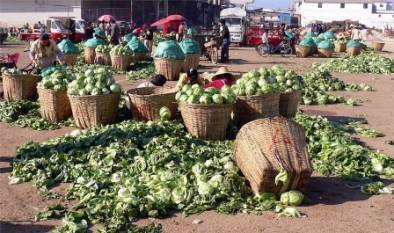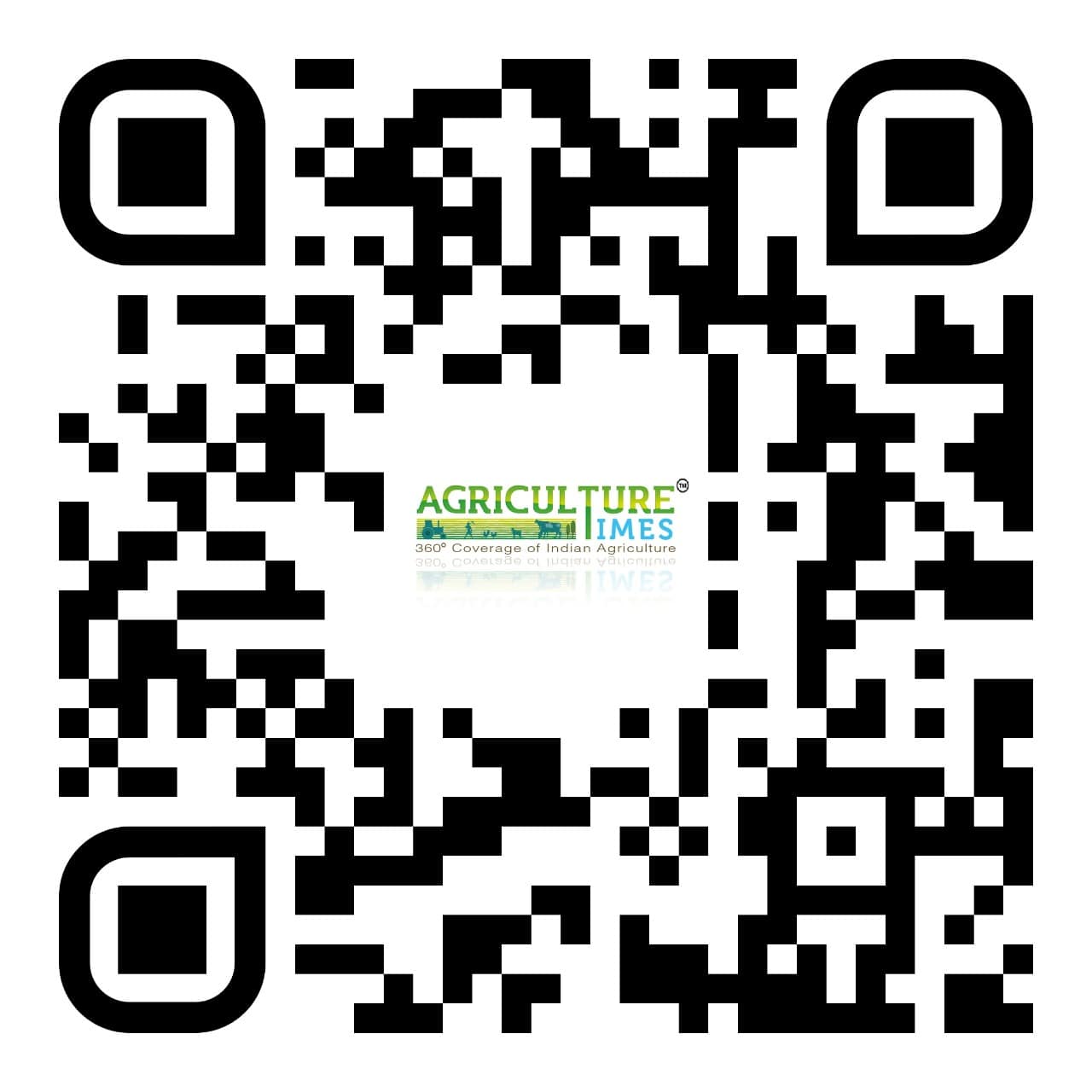PUNE, 16 September 2024: Post-harvest losses represent a significant challenge in the agricultural sector, impacting food security, economic stability, and environmental sustainability.
These losses occur at various stages between harvest and consumption, resulting in wasted resources and lost income for farmers. Addressing post-harvest losses requires a comprehensive approach that includes improving handling practices, investing in technology, and implementing effective management strategies. This article explores the causes of post-harvest losses and proposes strategies for minimizing food waste after harvest.
Causes of Post-Harvest Losses
- Inefficient Handling and Storage
Improper handling and storage practices can lead to significant post-harvest losses. Damages during transportation, inadequate storage facilities, and poor handling techniques can result in spoilage, contamination, and reduced shelf life.
- Inadequate Infrastructure
Lack of adequate infrastructure, such as storage facilities, cold chains, and transportation networks, can contribute to post-harvest losses. In regions with poor infrastructure, produce is more likely to deteriorate before it reaches the market.
- Pest and Disease Infestations
Pests and diseases can damage crops during the post-harvest period, leading to significant losses. Infestations can affect both the quality and quantity of produce, resulting in reduced market value and increased waste.
- Market Access Issues
Limited access to markets and distribution channels can lead to surplus production and waste. Farmers may face difficulties in reaching buyers or selling their produce, leading to excess stock that may spoil.
- Lack of Knowledge and Training
Farmers may lack knowledge and training on best practices for post-harvest handling, storage, and preservation. Without proper education, they may not be aware of methods to reduce losses and extend the shelf life of their produce.
- Quality Standards and Regulations
Stringent quality standards and regulations can sometimes contribute to post-harvest losses. Produce that does not meet quality standards may be rejected or discarded, even if it is still consumable.
Strategies for Minimizing Post-Harvest Losses
- Improving Handling Practices
- Training and Education: Providing farmers with training on proper handling techniques can reduce physical damage to produce. Training programs should cover topics such as gentle harvesting, proper sorting, and cleaning methods.
- Standard Operating Procedures (SOPs): Developing and implementing standard operating procedures for handling and processing can ensure consistency and reduce the risk of damage and spoilage.
- Investing in Storage Facilities
- Cold Storage: Investing in cold storage facilities can help preserve perishable produce, such as fruits, vegetables, and dairy products. Cold storage extends shelf life and reduces the risk of spoilage.
- Controlled Atmosphere Storage: Controlled atmosphere storage involves adjusting temperature, humidity, and oxygen levels to slow down the ripening process and extend the shelf life of produce.
- Enhancing Infrastructure
- Transportation Networks: Improving transportation infrastructure, such as roads and logistics systems, can reduce delays and damage during the transport of produce. Efficient transportation helps ensure that produce reaches markets in good condition.
- Packing Facilities: Investing in packing facilities that include sorting, grading, and packaging equipment can improve the quality and presentation of produce, reducing losses during distribution.
- Implementing Pest and Disease Management
- Integrated Pest Management (IPM): Adopting integrated pest management practices can help control pests and diseases. IPM combines biological, cultural, and chemical methods to manage pest populations and reduce damage.
- Regular Monitoring: Regular monitoring for signs of pests and diseases can help identify and address issues early. Implementing pest control measures and using pest-resistant varieties can further reduce losses.
- Enhancing Market Access
- Market Linkages: Establishing strong market linkages and distribution channels can help farmers reach buyers more effectively. Creating market access platforms, such as cooperatives and farmer organizations, can improve sales and reduce surplus.
- Online Marketplaces: Utilizing online marketplaces and e-commerce platforms can provide farmers with additional sales channels and reduce market access barriers.
- Promoting Value Addition
- Processing and Preservation: Encouraging value addition through processing and preservation can reduce post-harvest losses. Processing methods, such as canning, drying, and freezing, can extend the shelf life of produce and create new products.
- Food Products and By-Products: Developing products from surplus or damaged produce, such as jams, sauces, and animal feed, can minimize waste and create additional revenue streams.
- Leveraging Technology
- Digital Tools: Utilizing digital tools, such as mobile apps and data analytics, can help farmers monitor and manage post-harvest processes. Technology can provide insights into optimal storage conditions, market trends, and inventory management.
- Smart Packaging: Smart packaging technologies, such as temperature-sensitive labels and gas-flushing systems, can help monitor and maintain the quality of produce during storage and transportation.
- Improving Quality Standards and Regulations
- Flexible Quality Standards: Implementing flexible quality standards that allow for slight imperfections can reduce the amount of produce discarded. Encouraging the use of produce with minor defects for processing or value addition can minimize waste.
- Consumer Awareness: Educating consumers about the value of "imperfect" produce and encouraging the acceptance of slightly damaged items can help reduce food waste at the consumer level.
Case Studies and Success Stories
- The Cold Chain Initiative in India
The Cold Chain Initiative in India has improved the storage and transportation of perishable goods through investments in cold storage facilities and refrigerated transport. This initiative has significantly reduced post-harvest losses and increased the availability of fresh produce in the market.
- The Tomato Jos Project in Nigeria
The Tomato Jos project in Nigeria focuses on value addition through tomato processing. By investing in processing facilities and developing products such as tomato paste and sauces, the project has reduced post-harvest losses and created employment opportunities.
- The Food Processing Sector in Thailand
Thailand’s food processing sector has successfully implemented various methods for reducing post-harvest losses, including advanced packaging technologies and processing techniques. The sector’s focus on value addition and export markets has minimized waste and increased profitability.
- The Farmer Field Schools (FFS) Program in Kenya
The Farmer Field Schools (FFS) program in Kenya provides training to farmers on best practices for post-harvest handling and storage. The program has improved farmers’ knowledge and skills, leading to reduced losses and increased income from their produce.
Minimizing post-harvest losses is essential for improving food security, enhancing economic stability, and promoting environmental sustainability. By implementing strategies such as improving handling practices, investing in storage facilities, enhancing infrastructure, managing pests and diseases, and leveraging technology, the agricultural sector can significantly reduce food waste after harvest.
Collaborative efforts involving farmers, industry stakeholders, government agencies, and consumers are crucial for achieving effective solutions and ensuring that more of the food produced reaches those who need it.
Image credit: iastoppers.com























